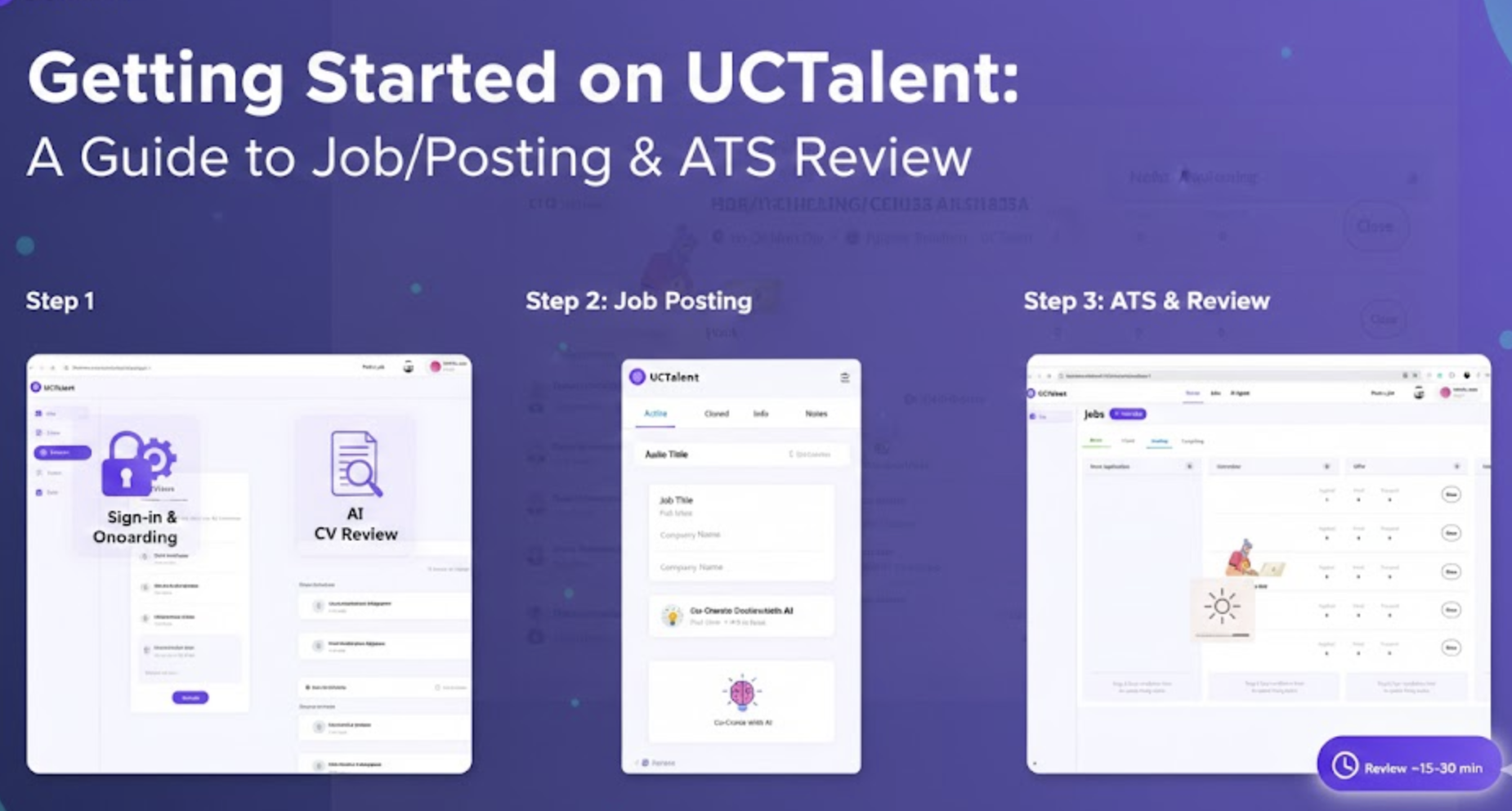The new Business Model of GameFi: Fun to Play first, then Play to Earn
1. What is GameFi?
GameFi, short for "Game Finance," is the integration of gaming and decentralized finance (DeFi) concepts. It combines gaming elements with blockchain-based financial incentives, allowing players to earn rewards or generate income through playing games. In a GameFi ecosystem, players can participate in gaming activities and earn digital assets, cryptocurrencies, or in-game tokens as rewards, which can have real-world value.
2. New trend of GameFi
In 2022, the GameFi market faced challenges as the NFT market declined, impacting transactions and value on platforms like OpenSea. The "crypto winter" further affected the market, leading to decreased Ethereum-based transactions, users, and market capitalization. This created financial hardships for development teams and users, leading to decreased revenue and market confidence. To adapt to the situation, GameFi teams focused on creating entertaining games and economic models while awaiting market recovery. Short-term strategies emphasized the value and the core essence of the game rather than the potential for monetary gains, requiring gameplay depth to attract spending users. The future of GameFi lies in integration with the broader gaming industry, prioritizing entertainment value with finance as secondary. Imbalanced emphasis on financial aspects and play-to-earn models hinder sustainable value as players solely seek monetary gains. Game companies can seize the opportunity to optimize user experiences and reassess their products.
3. Business Model of GameFi: Fun to Play first then Play to Earn
With billions of global gamers, the market potential for blockchain gaming is enormous. GameFi offers a clear value proposition: instead of just paying for games and extra content, players can have fun first and then earn rewards for their time.
3.1 Fun to play
GameFi builders should ensure that their games offer high-quality gameplay.
- Gameplay experience
While having tokens and NFTs to collect is appealing, the core gameplay experience should be exciting. This can be achieved through unique game mechanics, impressive graphics, or addictive multiplayer experiences. It is crucial to incentivize skill and strategy, rather than just rewarding users based on the ownership of valuable NFTs or the amount of time spent playing.
- Multiplayer modes
GameFi projects should aim to create games that are interesting to hardcore gamers who may not care about the blockchain aspects. Blockchain gaming is excellent for building communities, so incorporating exciting multiplayer modes that bring people together and increase exposure on platforms like Twitter can be beneficial. This sector allows for innovation, so experimenting with new technologies such as AI, VR, and cloud gaming is encouraged.
- Making onboarding easy
Too many barriers to entry can discourage gamers. Seamless onboarding is crucial to attract users from the vast gaming community worldwide. New players should be able to start easily, even if they are not aware of the blockchain connection. This can create significant new on-chain activity in terms of new addresses and transactions.
3.2 Play and Earn
While the Play To Earn (P2E) genre has gained attention, it still lags behind traditional gaming in popularity. An emerging trend within GameFi is the play-and-earn (PAE) model, which aims to balance Web3 aspects with the excitement of traditional gaming. In this model, GameFi projects develop games that allow players to both earn rewards and have an enjoyable gaming experience. This can be achieved by offering rewards to top-ranking players or implementing lucky draw programs to determine winners.
Projects like Axie Infinity have acknowledged the issue and made recent updates to address it. They have removed daily task rewards and increased rewards based on rankings. By focusing on the play-and-earn model, GameFi projects can create a balance between the value of the game itself and the financial incentives, mitigating the issue of inflation within the GameFi ecosystem
4. Risks and Challenges in GameFi
- Player motivation: It is important to ensure that players are motivated by more than just the financial rewards. If players are only playing a game to earn money, they are more likely to leave if the rewards become less attractive. GameFi projects need to focus on creating games that are fun and engaging, even for players who are not interested in the financial rewards.
- Long-term sustainability: It is important to consider the long-term sustainability of the game's economy. If the rewards are too easy to earn, or if there are too many rewards in circulation, the game's economy could collapse. GameFi projects need to carefully design their economies to ensure that they are sustainable in the long term.
- Regulation: GameFi is a new and emerging industry, and there is still a lot of uncertainty about how it will be regulated. It is important for GameFi projects to be aware of the potential regulatory risks and to take steps to mitigate them.
5. Future Outlook
The future of GameFi holds great potential. As blockchain technology improves scalability and user-friendly interfaces are developed, GameFi projects can provide engaging gameplay experiences while integrating financial incentives seamlessly. Regulatory frameworks will likely evolve to accommodate the intersection of gaming and finance. By focusing on creating games that are genuinely entertaining, striking a balance between gameplay and financial rewards, and ensuring a smooth onboarding process, GameFi has the opportunity to attract a broader audience and become a significant force in the gaming and finance industries.







.png)




